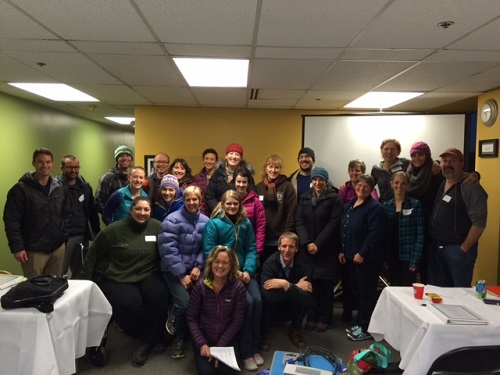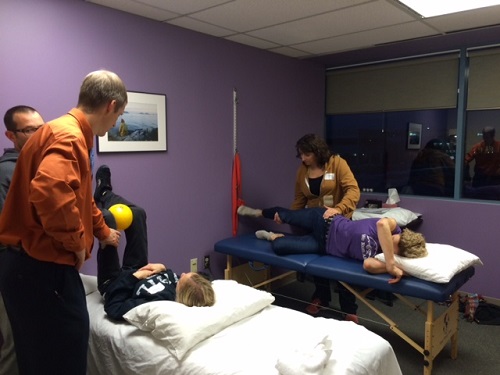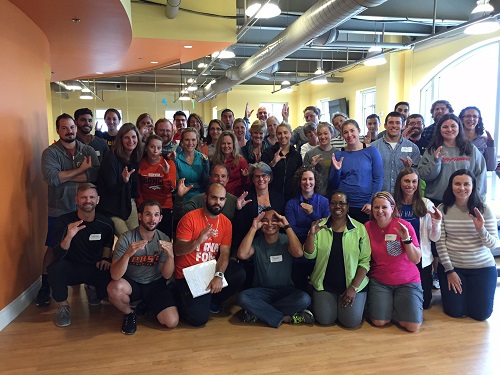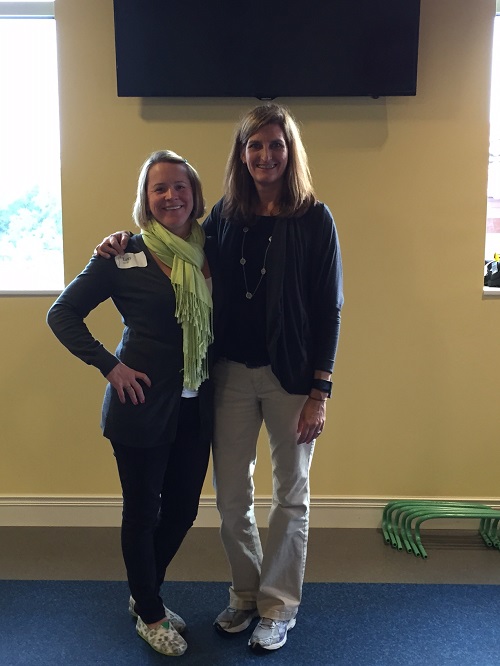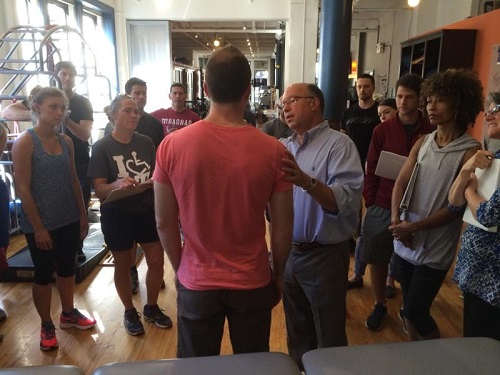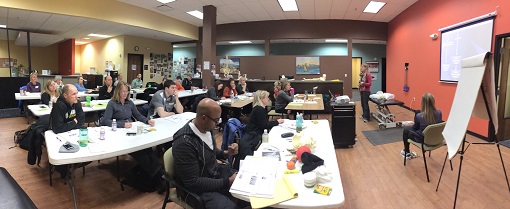I just returned from our largest state, where I thoroughly enjoyed my time with a group of energetic learners. Joy, Katie and Tracey at The Physical Therapy Place were tremendous hosts on all fronts! This class had a great discussion about integration of femurs and a thorax by way of establishing frontal plane control of the inlet and outlet of the pelvis for our clients in various settings. Control the pillars, inhibition tools plus integration atop said inhibition were a couple of the topics we enjoyed discussing as part of this course. There were so many people who I enjoyed the process with this weekend! Thank you Alaska folks for proving to be a very inviting group of learners for this instructor from the “outside!”
